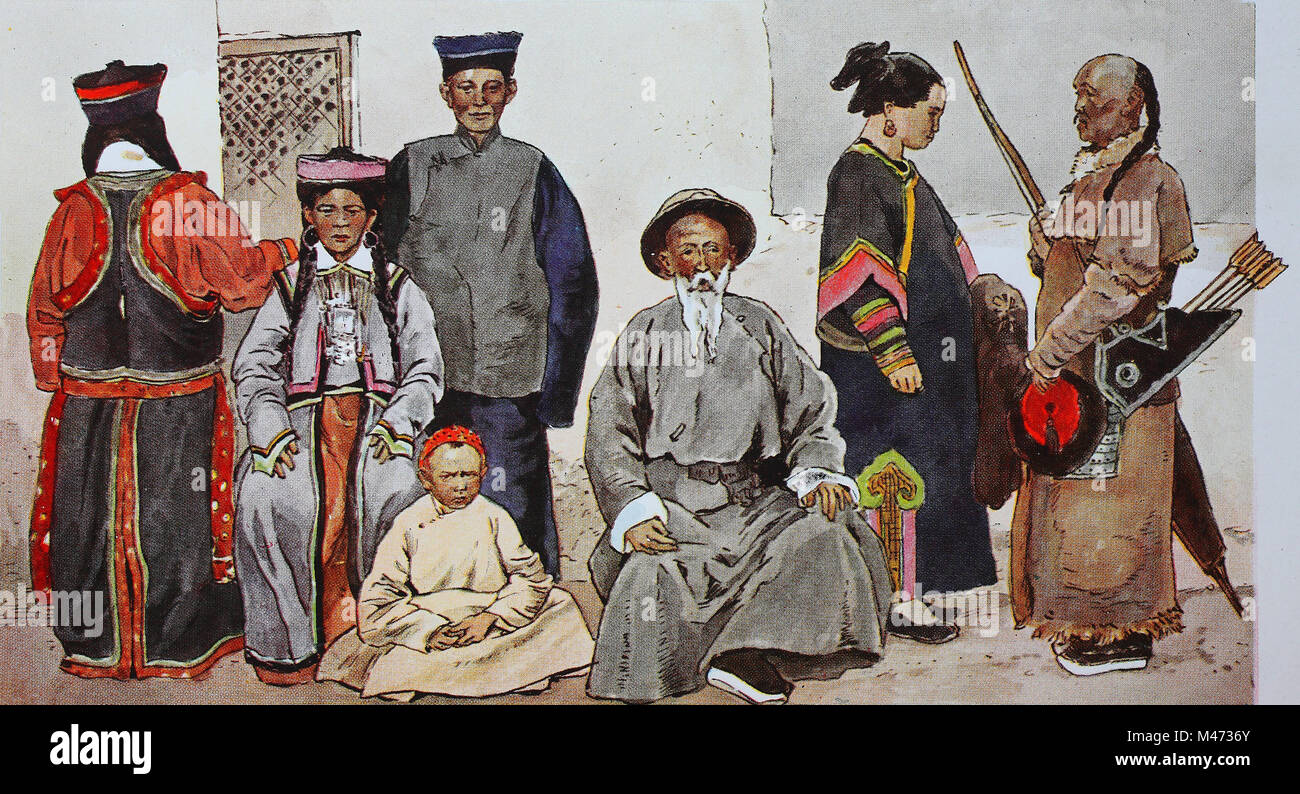Open the Keys of Classic Eastern Put On
Exploring the enigmatic world of classic Eastern wear digs into a realm where history, culture, and creativity converge to create garments that go beyond plain fabric and string. The elaborate tapestry of custom intertwined with contemporary aspects offers a look right into a world where every stitch narrates, every theme an icon of relevance. Unveiling the tricks behind these developments unveils a tapestry of heritage waiting to be unraveled, welcoming one to trip with the ethereal appeal and aura of Eastern style.
Background of Eastern Fashion
The background of Eastern style go back centuries, showing the rich social heritage and traditions of diverse areas across Asia. Each area boasts its unique designs, fabrics, and styles that have been affected by variables like environment, religious beliefs, social standing, and trade routes. eastern wear pakistan. The complex silk garments of China symbolize elegance and sophistication, while the vibrant saris of India showcase a kaleidoscope of patterns and shades.
In Japan, the kimono has been an icon of custom and refinement for generations, with various styles used for different celebrations. The background of Eastern style is a tapestry of innovation and practice, blending old practices with modern influences to create a dynamic and ever-evolving sector.
Significance of Standard Attire
Typical outfit offers as a cultural symbol, symbolizing the worths, beliefs, and heritage of communities in Eastern cultures. eastern wear pakistan. These garments are not just pieces of material yet are symbolic depictions of the abundant history and practices passed down through generations. In Eastern societies, conventional attire plays a considerable duty in ceremonies, festivals, and every day life, mirroring the social status, local associations, and even marriage status of individuals
The value of typical clothes goes past appearances; it is a method for people to attach with their origins and share pride in their social identity. Each garment, from the elaborate sarees of India to the moving hanboks of Korea, carries with it a narrative of workmanship, symbolism, and symbolism that is deeply embedded in the textile of culture.
In addition, traditional clothing serves as a visual language, communicating tales of resilience, accomplishment, and unity. By wearing these garments, individuals not only honor their heritage but likewise add to the conservation and party of their social tradition.
Evolution of Eastern Embroideries
Just how have Eastern embroideries developed gradually to reflect transforming artistic trends and cultural influences? Eastern embroideries have a rich background that spans centuries and have actually continuously progressed to incorporate diverse cultural influences and react to moving artistic fads. The evolution of Eastern needleworks can be traced back to old people where intricate designs were hand-stitched onto textiles making use of standard strategies. For many years, these needleworks have adapted to show the altering tastes and preferences of various regions and periods.

Today, Eastern needleworks remain to develop, blending standard workmanship with modern-day style perceptiveness to create timeless items that celebrate the appeal of multiculturalism and imaginative technology.
Elegant Fabrics in Eastern Use
Elegant fabrics play an essential role in boosting the visual allure and high quality of Eastern wear, improving the total appeal and elegance of typical garments. Eastern websites wear is renowned for its extravagant textiles that not just reflect the area's abundant cultural heritage yet also symbolize beauty and grace.
In addition to silk, textiles like velour, chiffon, and brocade are additionally commonly featured in Eastern wear. Velvet brings a deluxe and stately feel to typical sets, while brocade, with its metal strings and intricate patterns, includes a touch of grandeur. Chiffon, on the various other hand, is preferred for its ventilated and lightweight high qualities, making it a prominent option for streaming silhouettes and fragile embellishments. These elegant fabrics not just boost the visual charm of Eastern wear but additionally guarantee a feeling of refinement and elegance that goes beyond time.
Incorporating Eastern Fashion Today
In contemporary style landscapes, the assimilation of Eastern influences presents an unified combination of cultural heritage and modern looks. Developers and fashion fanatics alike are accepting the rich tapestry of Eastern style, integrating standard elements right into modern-day shapes and designs. From intricate embroidery to lavish fabrics and dynamic shades, Eastern style today supplies a diverse variety of alternatives that cater to a global target market.
One way Eastern fashion is making its mark in contemporary wardrobes is with the adaptation of traditional garments such as the robe, saree, or qipao right into everyday wear. These pieces, as soon as scheduled for unique celebrations, are currently reimagined in even more laid-back kinds, enabling their incorporation into daily style choices. Furthermore, making use of typical patterns and themes in Western-style clothes adds a touch of unique elegance to modern-day attire.

Final Thought
Finally, exploring the abundant history, value, and evolution of Eastern style reveals an ingrained link to heritage and values. The glamorous fabrics and elaborate embroideries of Eastern put on showcase the versatility and eternity of traditional styles. Incorporating Eastern affects in contemporary fashion enables a combination of practice and advancement, producing a harmonious balance between the past and today.
Luxurious fabrics play a critical function in elevating the visual allure and top quality of Eastern wear, boosting the total allure and refinement of conventional garments. Designers and style lovers alike are embracing the abundant tapestry of Eastern fashion, including standard aspects right into modern-day silhouettes and designs. From intricate needlework to lavish materials and dynamic colors, Eastern fashion today offers a diverse array of choices that cater to a global target market.
One method Eastern fashion is making its mark in contemporary wardrobes is via the adaptation of standard garments such as the kimono, saree, or qipao right into everyday wear. The lavish textiles and complex needleworks of Eastern put on showcase the versatility and eternity of conventional designs.